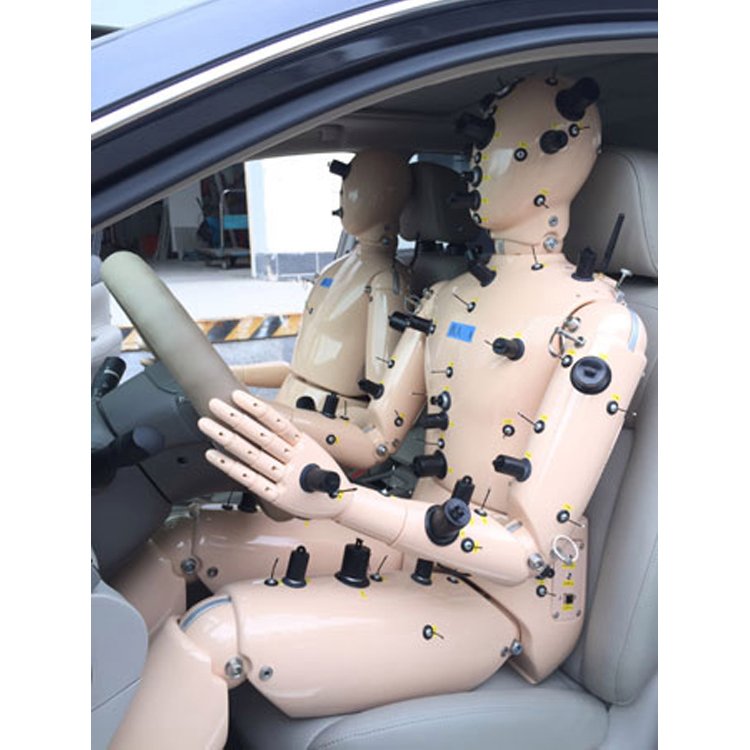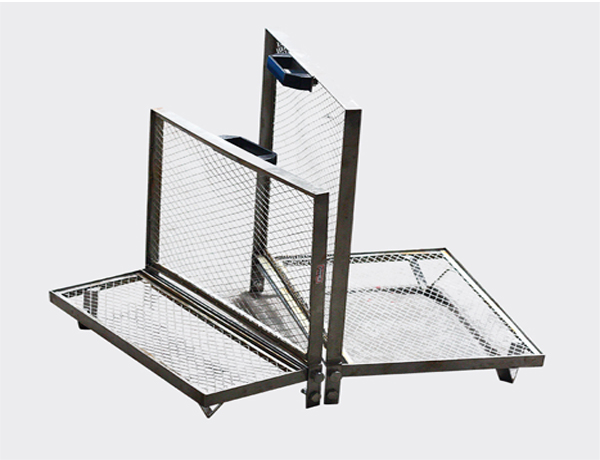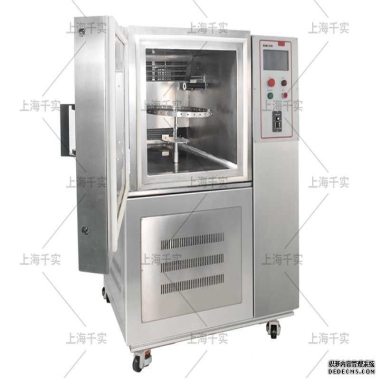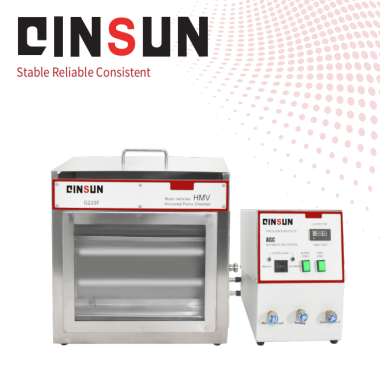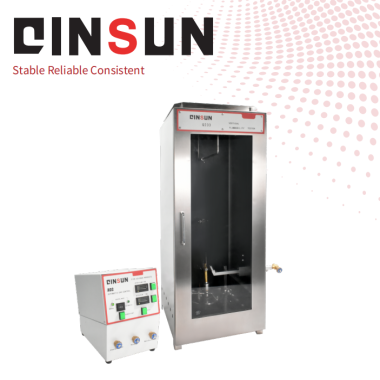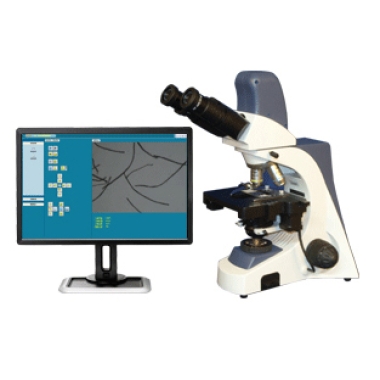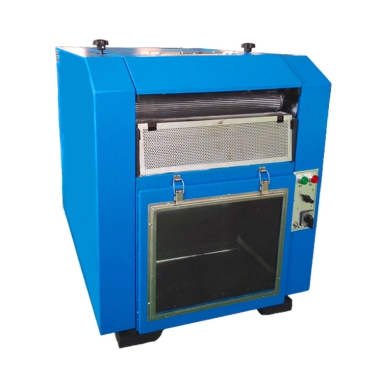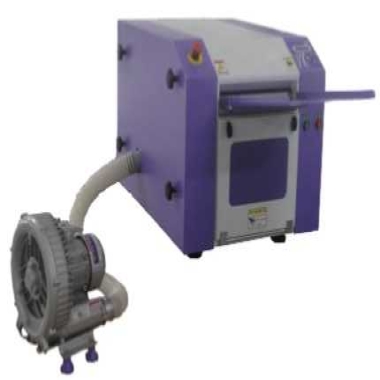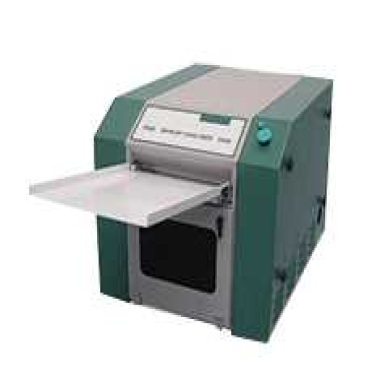Air-conditioned dummy
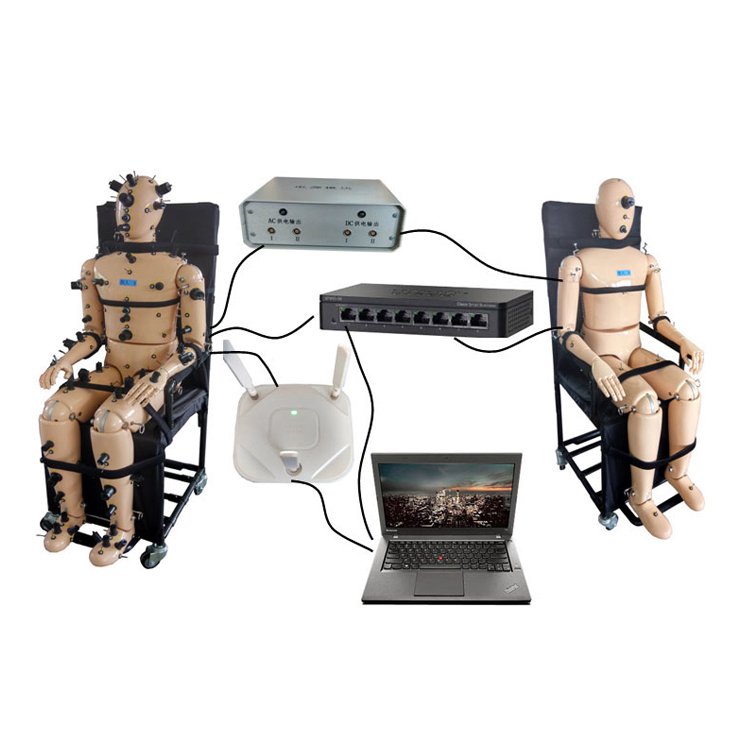
Standard
- CE Certification: Conforms to European Union directives for health, safety, and environmental protection.
- RoHS Compliance: Eliminates hazardous substances (e.g., lead, mercury) from production.
- ISO 13732-1: Ergonomic standards for thermal stress assessment in human-machine interfaces.
- ASTM F2370: Test method for measuring heat transfer through protective clothing.
- IEC 60529: IP54-rated for dust resistance and water spray protection.
- ISO 14505-2: Thermal comfort evaluation for vehicle interior environments.
Product Advantages
- Precision Thermal Control
- Maintain ambient temperatures within ±0.5°C accuracy, ideal for testing HVAC systems, clothing insulation, or human thermal comfort studies.
- Energy-Efficient Design
- 30% lower power consumption than traditional manikins, powered by brushless DC motors and advanced insulation materials.
- Smart Connectivity
- Wi-Fi/Bluetooth-enabled for real-time data monitoring via dedicated mobile app (iOS/Android compatible).
- Durability Meets Portability
- Lightweight (22kg) yet rugged aerospace-grade aluminum frame with IP54 water/dust resistance.
- Customizable Zones
- 16 independently controlled body segments for localized temperature simulation.
Product Features
- Multi-Mode Operation:
- Constant Temperature Mode: Steady-state climate control.
- Dynamic Cycle Mode: Simulate daily/seasonal temperature fluctuations.
- Emergency Override: Auto-shutdown at 40°C to prevent overheating.
- User-Friendly Interface:
- 4.3" color touchscreen with one-touch preset profiles (office, warehouse, outdoor).
- Data Analytics:
- Export CSV/PDF reports directly via USB or cloud integration.
- Eco-Friendly Refrigerant:
Uses R290 (propane) gas with 68% lower GWP vs. traditional refrigerants.
Technical Parameters
| Specification | Details |
|---|---|
| Air Temperature | Range: -20°C to +70°C |
| Air Flow Rate | 0.1 – 5.0 m/s (adjustable via built-in anemometer) |
| Relative Humidity | 0 – 95% RH (non-condensing) |
| Radiant Heat | Sensor Range: Near 0 to >2,000 W/m² (compatible with solar/industrial radiation testing) |
| Thermal Comfort Metrics | Supports PMV-PPD, EHT (ISO 14505-2), and Berkeley-Zhang Local/Global Sensation Models |
| Power Input | 110-240V AC, 50/60Hz, 800W max |
| Dimensions (HxWxD) | 175cm x 50cm x 30cm |
| Surface Material | Medical-grade silicone (antistatic, hypoallergenic) |
| Noise Level | ≤45 dB (quieter than library ambiance) |
| Operating Humidity | 10%-90% RH (non-condensing) |
Accessories
- Thermal Imaging Calibration Kit – Validate surface temperature accuracy.
- Wall/Ceiling Mount Bracket – Space-saving installation options.
- Protective Carry Case – Durable EVA foam with pre-cut compartments.
- Quick-Start Guide – Multilingual (EN/ES/FR/DE/ZH) setup manual.
2-Year Extended Warranty – Free replacement for manufacturing defects.
Air-conditioned dummy Display:
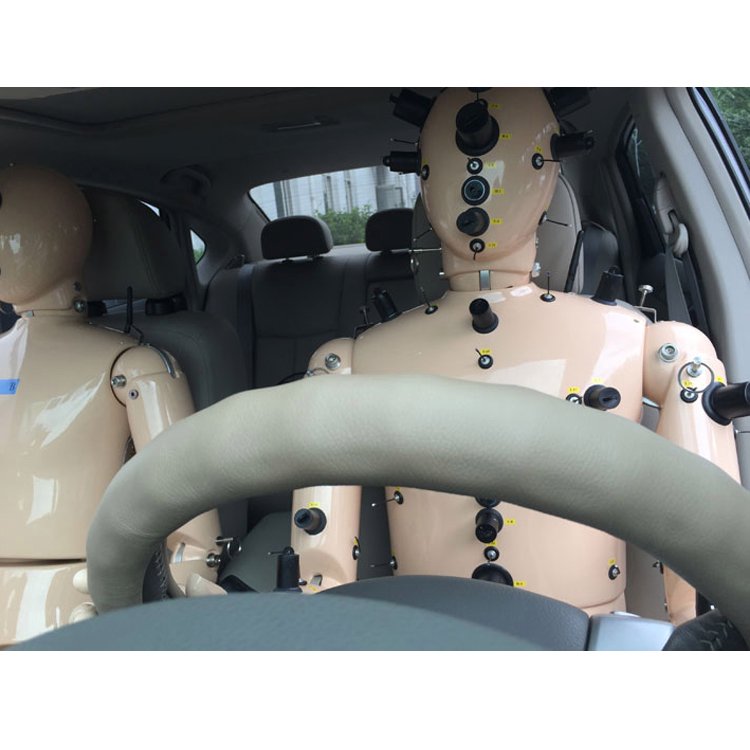
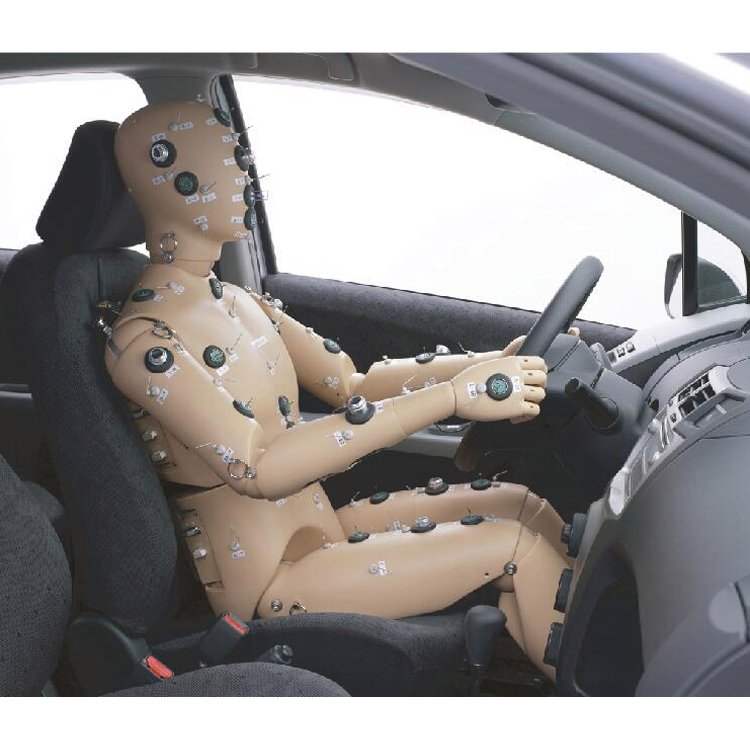

Note:QINSUN is very in place for textile testing and quality control,we have our own textile testing lab. Our textile testing equipment and testing methods are in the leading position in the industry. We have passed the textile testing certification and iso textile testing standards issued by a number of testing,We can provide textile testing equipment pdf manual. Sufficient inventory, big discounts, limited time promotion, Order now!
Leave Message Get Price



